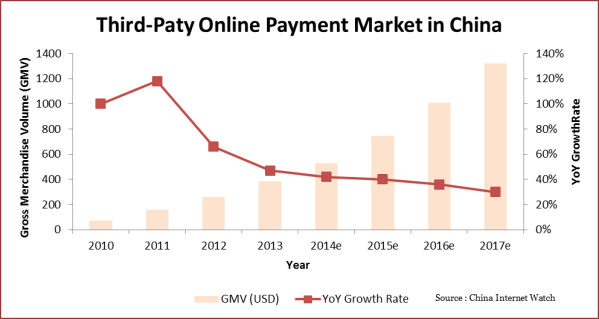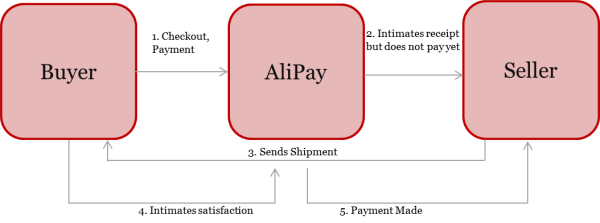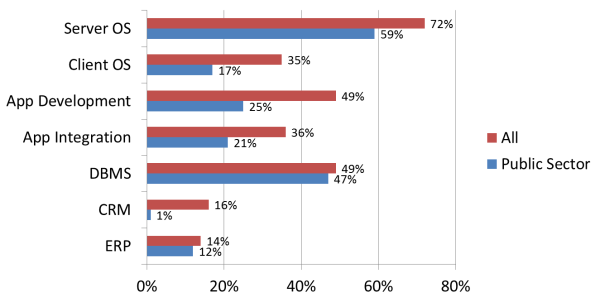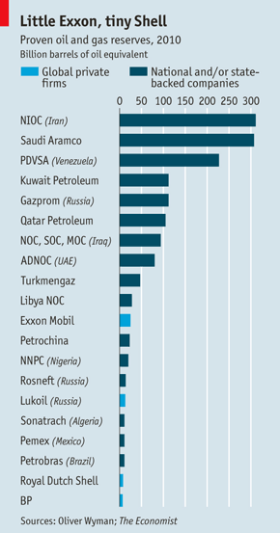
Source : Bloomberg News
The Indian civil aviation industry, with a size of $16 billion, is among the top 10 globally. It has grown at a CAGR of 17%, which, if sustained, could make it the largest aviation market by 2030. Entry of Low Cost Carriers and thrust on development of modern airports has expanded the market from business class and corporate to the middle class, who have the potential to become the largest and most lucrative customer segment.
Figure 1: Indian commercial aviation sector
The Make-In-India program is designed to facilitate investment, foster innovation and build manufacturing infrastructure in a number of key segments that are instrumental in India’s growth and progress. In the aviation sector, the government has announced a number of key policy initiatives, such as 100% FDI in greenfield airport projects and 49% FDI in domestic passenger airlines, along with budgetary support in terms of investment and exemptions. However, there exist a lot of regulatory and taxation hurdles for airline companies in India, and measures need to be taken to support the development of the aviation sector in India.
Essential Air Services Fund (EASF): Connectivity between Tier-2 and Tier-3 cities is low due to air carriers refusing to operate flights on those routes as they perceive them to be unprofitable, due to low volumes. A proposal exists, for airlines to contribute a percentage of each ticket sold to a common fund which can be used to cross-subsidise air travel on unprofitable routes. This is similar to a fund in the telecom sector where operators contribute 5% of their gross revenues to a universal service obligation fund, which is used to provide telephone connectivity in rural areas. A similar policy in aviation would enable increase in connectivity on less busy routes.
Modification of the 5/20 rule: Currently, Indian airlines are required to have a minimum fleet of 20 aircraft and 5 years of operational experience to start international services. This serves as a deterrent for new entrants, who want to operate flights in the more profitable international segments. Instead, the policy can be modified to allow airlines to accumulate flying credits by deploying capacity on domestic routes, with additional credits for providing connectivity on routes deemed unprofitable. Also, the minimum operational experience requirement can be revised to one year. This will help improve domestic connectivity and attract more entrants in the aviation space.
Fuel taxation: High tax rates of 3-30% on Aviation Turbine Fuel (ATF) have made ATF in India 60% costlier than that available in ASEAN countries. Along with state and central taxes on ATF, there exist service taxes on air tickets and high airport charges, which are throttling Indian airline carriers’ competitiveness and adding to their debt burden. A comprehensive look at the taxation policies is required, with reduction in extra taxes.
MRO taxation: Airlines in India spend 13-15% of their revenues on Maintenance, Repair and Overhaul (MRO), making it the second largest cost component for airlines. Myopic policies regarding indirect taxes such as VAT and Service tax, along with laborious customs procedures regarding import of spare parts and consumables, has led to most airlines flying empty aircrafts to MRO facilities in foreign countries for servicing. Merely 5-10% of MRO work for domestic carriers is carried out in India. This represents a huge lost opportunity in terms of revenue and jobs. A task force needs to be set up to review the policies and modify the taxation regime to develop the domestic MRO industry.
Infrastructure development: There has been a thrust on development of infrastructure, particularly new airports, but there needs to be focus on developing low-frill airports under Public-Private-Partnership schemes. Also, a key impediment to growth of airline capacity in India is lack of availability of hangar space at key international airports, which needs to be addressed.
While the initiatives under the Make-In-India program serve as a good starting point, a comprehensive overhaul of aviation policy is required to achieve the growth targets and make Indian aviation competitive from a global standpoint.
—————————————
Arundhati Hazra is a second year student at IIM Ahmedabad. She graduated from NITK Surathkal with a B.Tech in Electrical and Electronics Engineering, and worked for three years, in ST-Ericsson and AMD, before coming to IIM Ahmedabad. She enjoys reading, writing and quizzing. She interned with McKinsey and Company during summers.


















